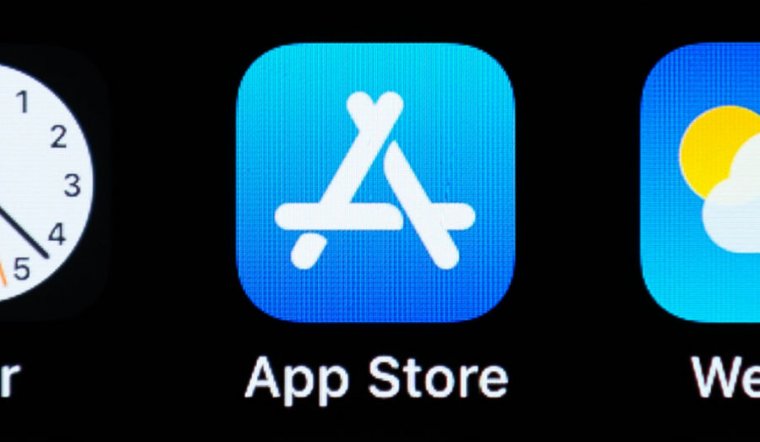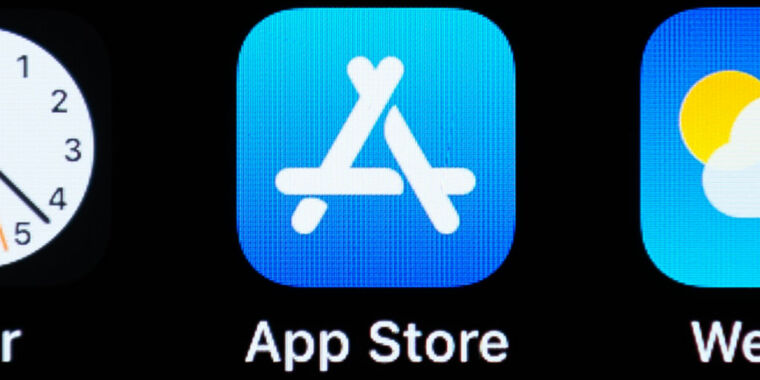
Throughout the short history of smartphone apps, games have consistently generated more revenue than non-gaming app categories. But that has finally changed in the United States, according to new data from app intelligence company Sensor Tower.
The shift began in May 2022. In June, 50.3 percent of U.S. consumer spending on apps was for non-game apps like TikTok, Netflix and Tinder. Spending on non-game apps has recently grown twice as fast as spending on games. Game spending exploded at the onset of the COVID-19 pandemic in late 2019 and early 2020, but by the end of 2020, non-gaming apps caught up, surpassing games in 2021.
This is partly due to the shift that so many apps have made lately to a subscription-based model. For years, games generated more revenue, not necessarily because they got more downloads (although they often did), but because their long-term revenues were clearer, more consistent, and more robust thanks to in-app transactions. Other types of apps didn’t, and many were sold for one-time purchase prices or offered a limited number of premium upgrades.
In an effort to increase revenue from the App Store, Apple has reportedly met with developers to announce the recurring subscription model to them. Subscriptions have become more common in many types of apps.
While the subscription model has been controversial at times with some users, it has become a boon to overall revenue in app marketplaces. Sensor Tower notes that 400 different apps managed at least $1 million in consumer spending in Apple’s App Store in the second quarter of 2022. In the same quarter, 61 App Store apps reached at least $10 million, which is more than the number that had $1 million in 2016.
However, it’s important to note that this shift only applies to Apple’s iPhone and iPad App Store. Games continue to monetize Google Play, the app store for the competing Android platform. It doesn’t even come close: U.S. consumers spent $2.3 billion on Google Play games in the second quarter of 2022, but about $1 billion on non-games.
And even in Apple’s App Store, games still dominate consumer spending in most places outside the United States.

